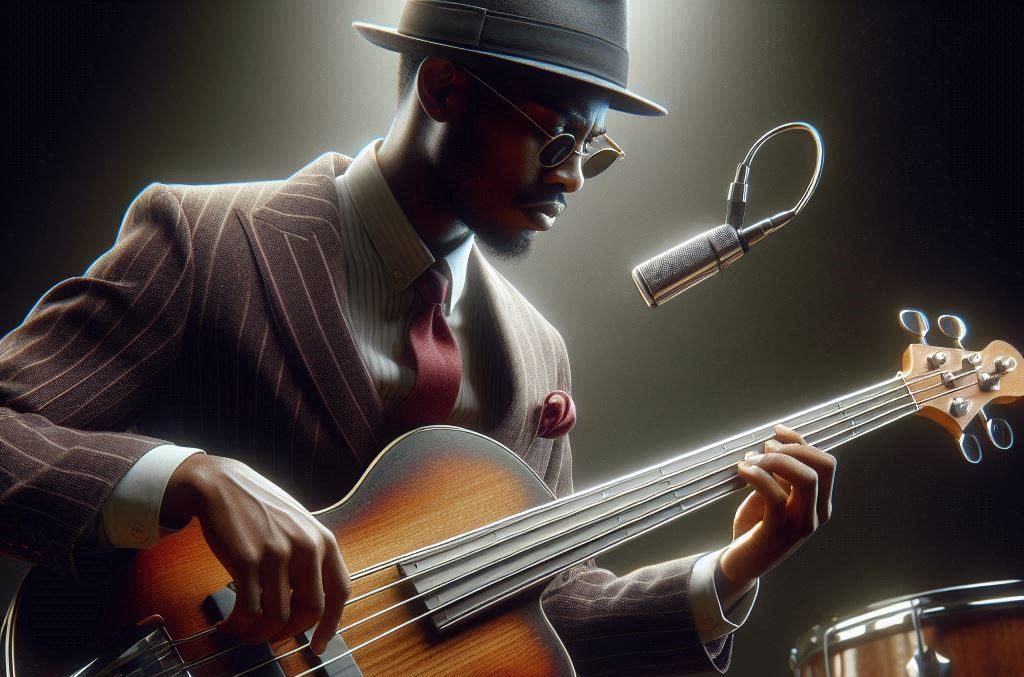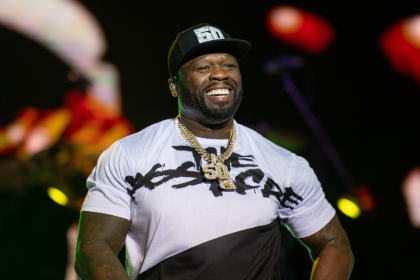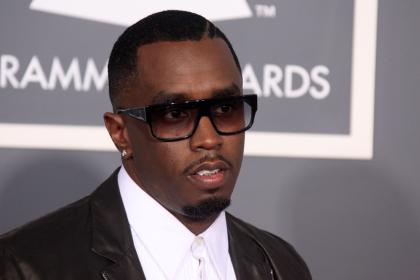The viral videos flood social media feeds: children from diverse backgrounds perfectly mimicking the runs of Whitney Houston or matching Stevie Wonder’s intricate melodies note for note. While these moments spark joy and showcase music’s universal appeal, they also mirror a complex historical pattern of Black musical innovation being embraced — and sometimes co-opted — by mainstream culture.
The echoes of history
The story begins in the 1950s, when Pat Boone made a career of covering Little Richard’s raw, energetic hits with sanitized versions palatable to white audiences. Little Richard’s “Tutti Frutti” became a hit only after Boone’s tamer rendition opened doors. The pattern continued through decades of American popular music, from Elvis Presley’s rise through rock and roll to Vanilla Ice’s adaptation of hip-hop.
Today, K-pop groups study and incorporate Black musical traditions, from R&B vocal arrangements to hip-hop dance moves. While their appreciation often comes with credit to their influences, the economic rewards don’t always flow back to the originators of these styles.
The digital age amplifies reach
Social media has accelerated this cultural exchange exponentially. Platforms like TikTok and Instagram serve as global stages where a child in the Philippines can sing Whitney Houston’s “I Will Always Love You” or a teenager in South Korea can rap along to Kendrick Lamar. These moments of cross-cultural connection showcase music’s power to transcend boundaries.
The viral spread of Black musical classics through young performers from all backgrounds presents a double-edged reality. While it demonstrates the music’s timeless appeal and artistic excellence, it also raises questions about cultural ownership and recognition.
Beyond entertainment
When young children perfectly execute the vocal runs of Luther Vandross or match the complex rhythms of Earth, Wind & Fire, they’re not just creating entertaining content; they’re participating in a cultural exchange with deep implications. These interactions can either perpetuate patterns of appropriation or foster genuine appreciation and understanding.
The difference lies in context and credit. When parents teach their children about the artists and cultural significance behind the music, it becomes an opportunity for education and genuine cultural appreciation. When the original context is stripped away, however, it risks becoming another instance of cultural appropriation.
The streaming era shift
Digital platforms have democratized access to music while simultaneously making it harder for artists to earn sustainable income from their work. While classic Black artists’ music reaches new audiences through viral moments, questions remain about fair compensation and recognition.
The streaming model’s emphasis on quantity over quality often disadvantages legacy artists whose work predates the digital era. While their influence shapes contemporary music globally, the economic benefits often flow elsewhere.
Building bridges while protecting legacy
These viral moments of cultural exchange can serve as bridges to deeper understanding. When young performers engage with Black musical traditions with knowledge and respect, it honors rather than diminishes the legacy. The key lies in maintaining the connection to the music’s roots while celebrating its universal appeal.
The joy of watching a young child nail every note of a Stevie Wonder classic or perfectly timing a James Brown grunt doesn’t have to conflict with protecting and properly crediting Black cultural contributions. Instead, these moments can open dialogues about music history, cultural exchange, and artistic legacy.
Looking forward
As Black music continues to shape global popular culture, the conversation around cultural exchange versus appropriation becomes increasingly crucial. The viral spread of classic songs through young performers offers both challenge and opportunity.
The challenge lies in ensuring that appreciation doesn’t become appropriation, that influence comes with attribution, and that economic benefits flow back to communities of origin. The opportunity exists in music’s unique power to connect across generations and cultures, creating moments of shared humanity.
The next generation’s engagement with Black musical classics can either perpetuate historical patterns of appropriation or herald a new era of informed appreciation and fair recognition. The outcome depends on how we frame and contextualize these cultural exchanges.
Beyond the viral moment
While social media clips of children singing soul classics may spark joy, the deeper impact of Black musical influence on global culture requires continued examination and discussion. As new generations discover these timeless works, the opportunity exists to build an appreciation that goes beyond entertainment to understanding.
The legacy of Black music in America and globally stands as a testament to both artistic excellence and cultural resilience. As these songs find new life through young voices across cultures, the goal must be to ensure that appreciation comes with education, recognition, and respect for the traditions that made such music possible.
When handled with care and context, these cross-cultural musical moments can help build bridges of understanding while honoring the profound contributions of Black artists to global culture. The key lies not in gatekeeping this cultural heritage but in ensuring its transmission comes with proper recognition, respect and reward for its creators and innovators.
















